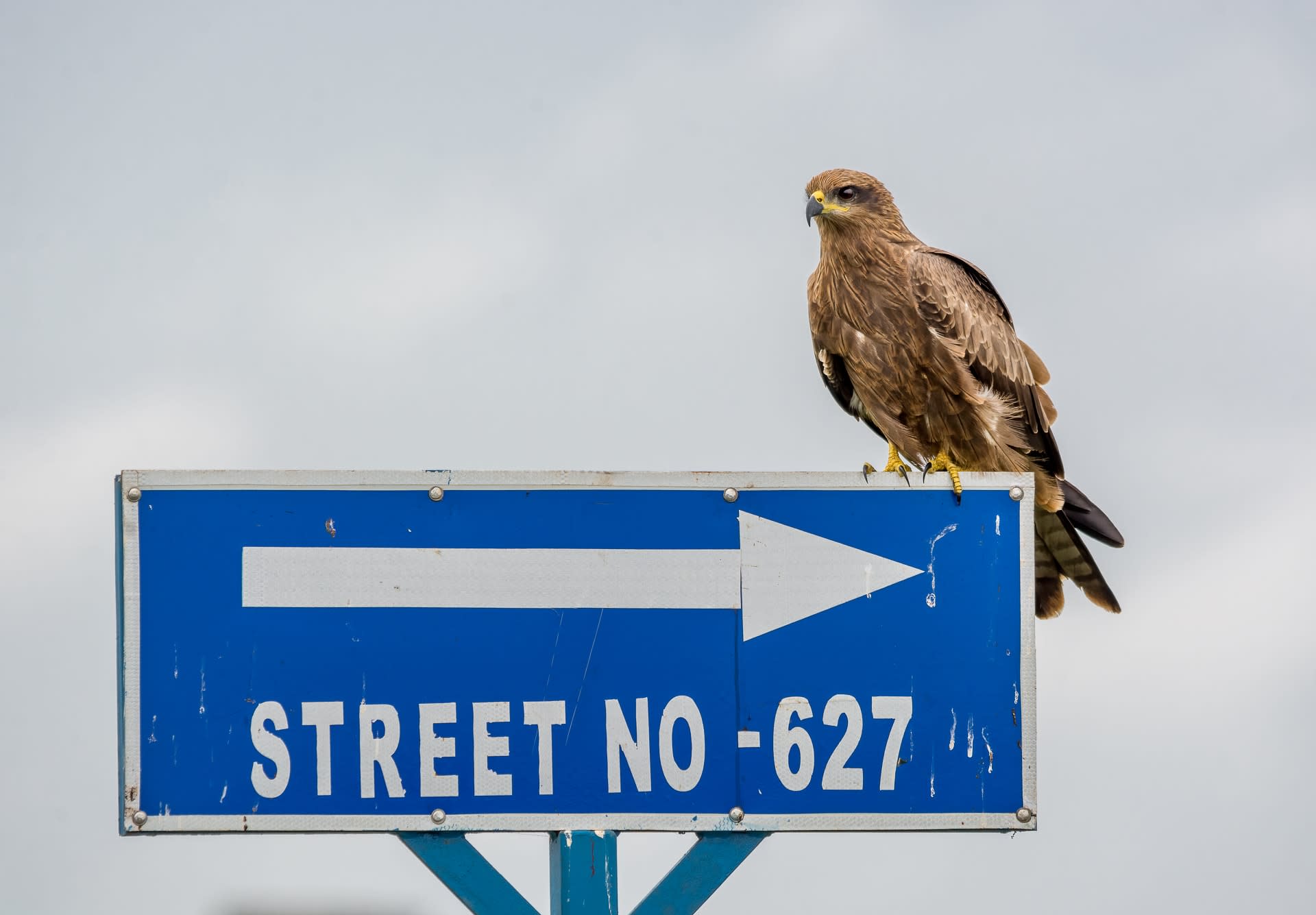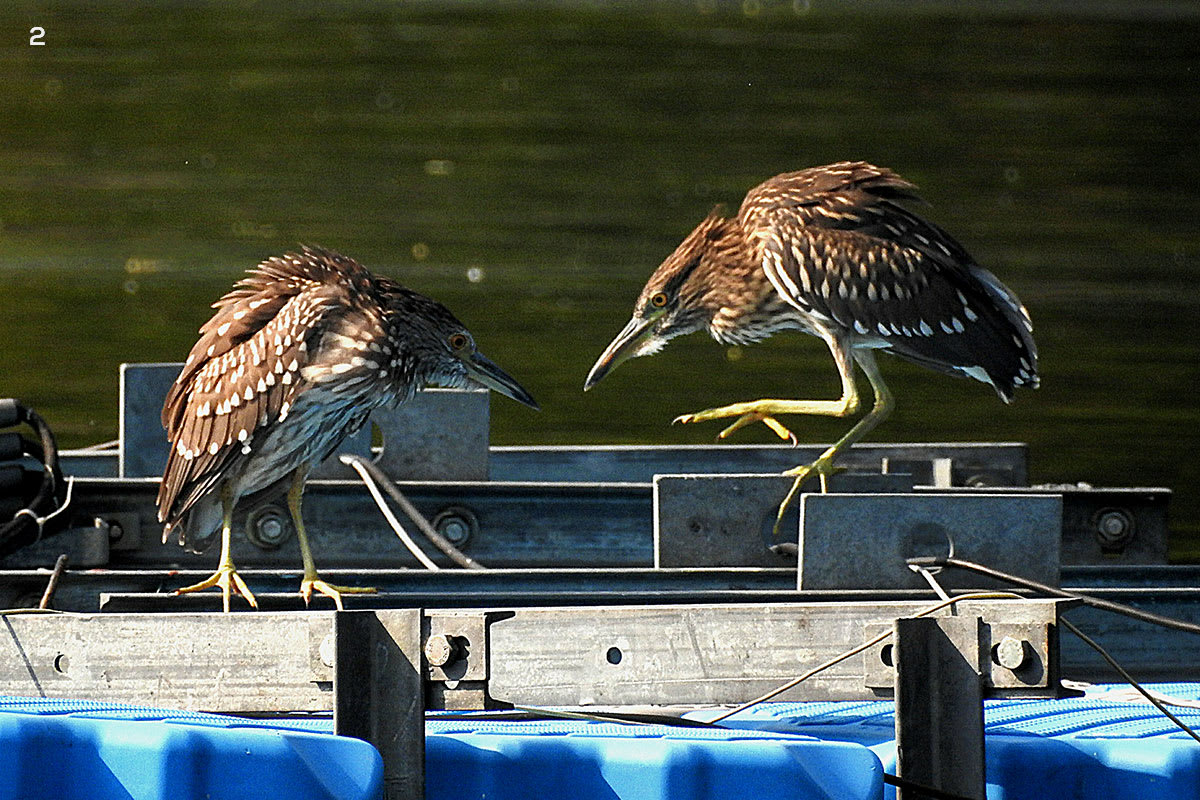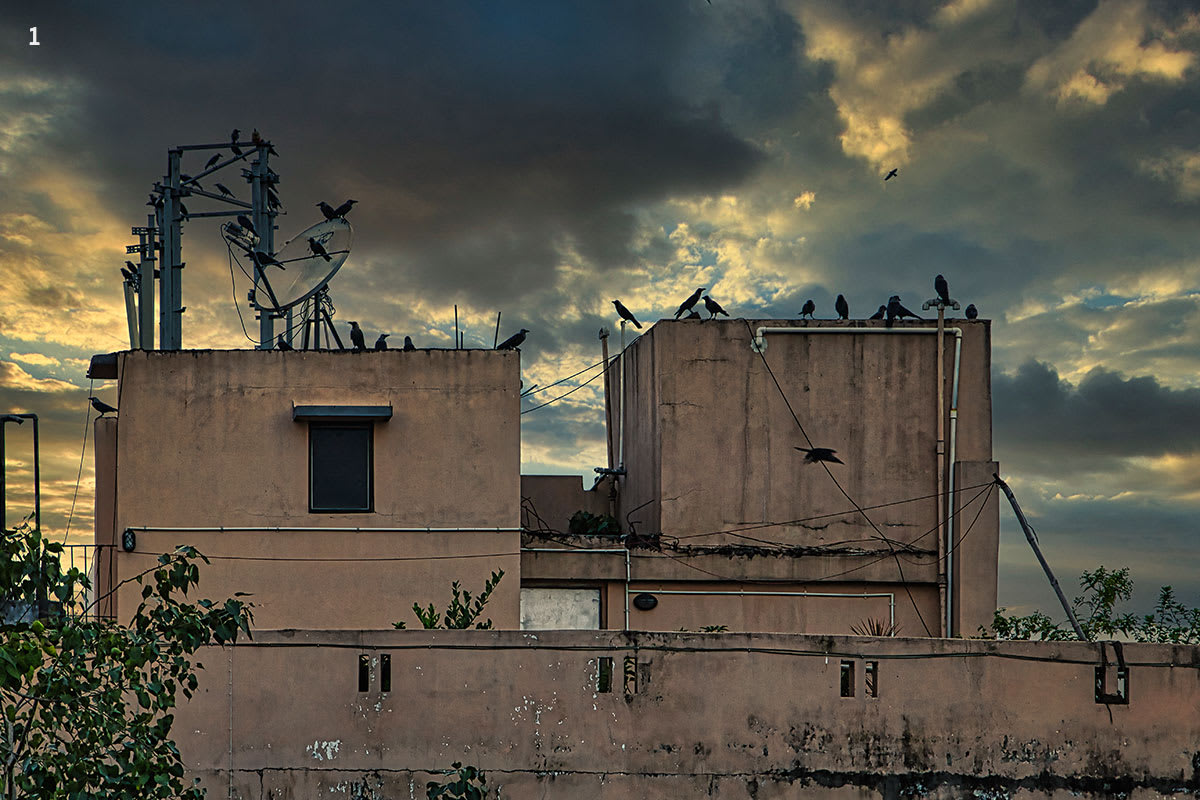 Listen to this article
•
15:34 min
Listen to this article
•
15:34 min
The skyline of Kolkata is shifting fast. As one looks up, the facades of old colonial-era buildings are giving way to modern multi-storey apartments. What was once a wetland is now a series of building complexes, and what was once a clear view is impeded by giant hoardings.
While this has obviously changed the city’s ecological situation, has it really affected the habitats of birds?
Globally, the indications are grim. The State of the World’s Birds, an annual review of environmental resources published in May 2022, found that 5,245 or about 48 per cent of the existing bird species worldwide were known or suspected to be undergoing population decline.
In Kolkata, officially, there are no numbers. But if one goes by what people who have been keeping a watch for several years have to say, there is a definite change.

Cover: A black kite perched on a road sign in Rajarhat, Kolkata. These kites are commonly seen foraging near rubbish dumps in urban areas. Cover photo: Abhishek Das
Birds gone
The greater adjutant is a stark example of a bird that has disappeared from Kolkata. Going by the records, this bird was once everywhere in the city and was considered an unhygienic scavenger. It was so ubiquitous that it was even inserted in the colonial emblem of the Kolkata Municipal Corporation. These scavengers, called hadgila in Bengali for their capacity to consume bones and carcasses, are hardly found anywhere now, says senior birder Subhankar Patra, who has been keeping a keen eye on the city’s skies for over five decades.
Other examples of birds whose populations have reduced in Kolkata are mallards and sparrows. More recently, the white-rumped vulture population has shrunk sharply, Patra adds.
Avian diversity assessment
But these are lay observations. What the city lacked until now was any formal assessment of its avian diversity. A joint study by the state environment department and Jadavpur University’s department of architecture submitted in March 2022 aims to bridge this gap. The study on the impact of urban development and landscape context on birds in a city was born out of the need to protect birds through design strategies. To do that, an assessment of avian diversity was an important step.
However, with no previous assessments, they could not indicate whether the number of birds has gone down or by how much. “This study will help us to make such assessments in the future as we now have some findings to work with,” says Madhumita Roy, professor in the department of architecture at Jadavpur University.
Urban design and birds
While explaining why the architecture department is interested in birds, Roy says there is a strong relationship between urban design and the existence of birds in the city. She feels that consideration for avian life is completely absent in urban planning in India now. Avian life must be seen as a part of sustainable urban planning.
“I am a member of the state environment impact assessment authority and come across large-scale projects that seek to amend the loss of natural ecosystems after manmade interventions. One such project is planting trees in the city. We have seen that such projects usually focus on beautification. Trees that can sustain the overall ecosystem are not selected. Trees like radhachura (Peltophorum pterocarpum) and eucalyptus are planted because they are fast-growing. But they are nowhere near as beneficial for the ecosystem as fig or banyan trees (Ficus trees) which take up more space and take longer to grow. These latter trees have dense foliage and fruits, which form a hospitable environment for birds and provide them spaces to build nests,” she says. Roy has been trying in vain to convince the government to plant diverse trees.
A recent visit to Shanghai gave her the idea to approach the challenge of sustainable urban planning through the question of birds. She found a city with manicured beautification, posh buildings, and tourists but hardly any birds. “The only places you could see birds were in the parks and designated green areas. There are smart buildings, tree-lined urban landscapes, but hardly any birds. This made me think about the impact of ever-expanding cities on avian diversity. I found that very little has been done,” she says.
Loss of diversity
As governments are now interested in supporting projects that contribute to the idea of smart cities or cities of the future, she planned a project on avian diversity and how Kolkata’s planning and architecture impact it. The study has several findings. For instance, it finds that the house crow, rock pigeon, house sparrow, and common myna now comprise 78.6 per cent of birds documented in Kolkata Municipal Council’s 144 wards — indicating a distinct loss of diversity. This does not include the newer extensions of the city not under the municipal council, like Rajarhat or Salt Lake on the east.
North-south differences
Another finding from this study states there is more diversity of birds in the greener south but higher numbers of birds in older parts of the city in the north, like College Street or Beadon Street. While birds like the yellow-footed green pigeon (Treron phoenicopterus) or the red-breasted flycatcher (Ficedula parva) were found in the city’s southern parts like Alipore or Rabindra Sarobar, they were not spotted in the north or central parts during the study. One factor contributing to this diversity in the south is large waterbodies and green spaces in huge properties that have existed there for many decades, Roy points out.
Despite the lack of diversity, more birds were spotted in the north and central parts than in the south. “The community practice of feeding birds like pigeons, crows, and sparrows in many areas of the north (like we spotted at Beadon Street or Esplanade), which is the older part of the city, is a factor that has contributed to their higher numbers. This is not to say the south doesn’t have bird lovers, but this connection with the avian world was not visible,” says Ajanta Dey, joint-secretary, Nature, Environment and Wildlife Society, who was also associated with the project.
Roy explains that the larger number of birds in the north is also because of the kind of buildings. The ventilators and large sunshades of older buildings on the northern side of Kolkata have always been the natural homes for sparrows. This is reaffirmed by the study, which says that newer buildings and residential complexes have almost no sparrows, she says.
But some birds have adapted to new structures too. For instance, the black kite (Milvus migrans) has made high advertisement hoardings, and mobile towers its home. Another changing impact of urbanisation is the nesting material. Central Kolkata is home to many trading offices and centres for packaging and transporting goods and other materials. This is what one finds in the nesting material of the birds as well. “There is a lot of plastic and packaging material that can be dangerous for birds,” says Dey.

Bird-friendly urban planning
The researchers say that they haven’t come across any example of urban planning that considers birds. They feel it is the need of the hour as the diversity of bird species is crucial for a healthy ecosystem.
“Globally, there is some discussion about glazed glass facades and how they have caused accidents and hurt birds. But that’s not all. We need to step ahead and talk about building design that allows resting spaces for birds. It is not something unheard of if we look at many rural traditions of India, where people live in harmony with birds. A pot at the corner of the sloping roofs of huts for birds to drink water or eat is a very common sight in villages of rural Bengal,” Roy says.
For a start, the researchers suggest more awareness among planners and architects about the traditions that were friendlier to the existence of birds, like community feeding, better selection of trees, and saving waterbodies and wetlands.










